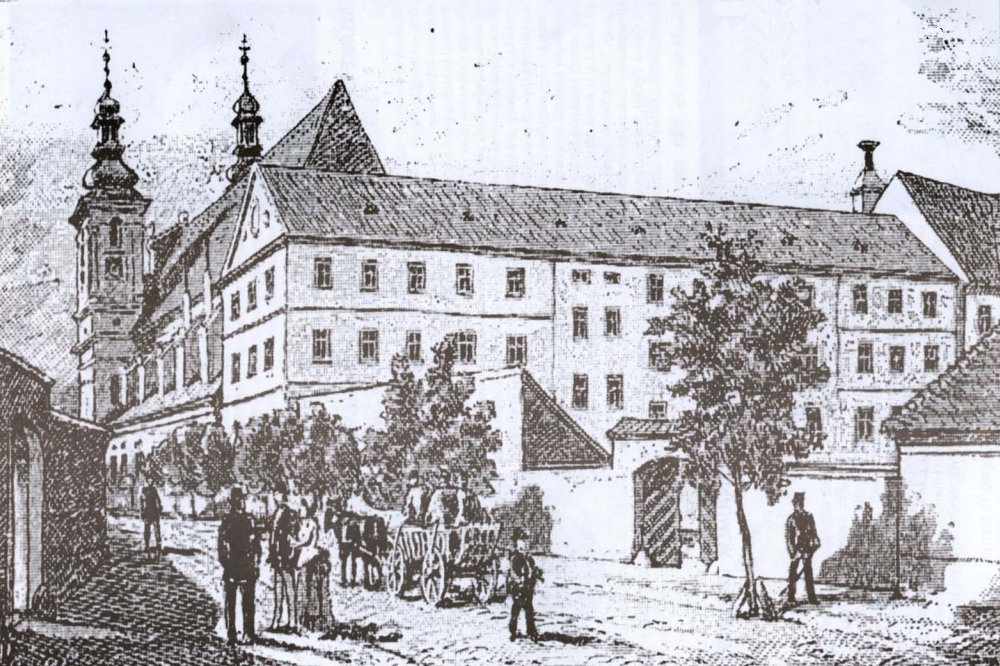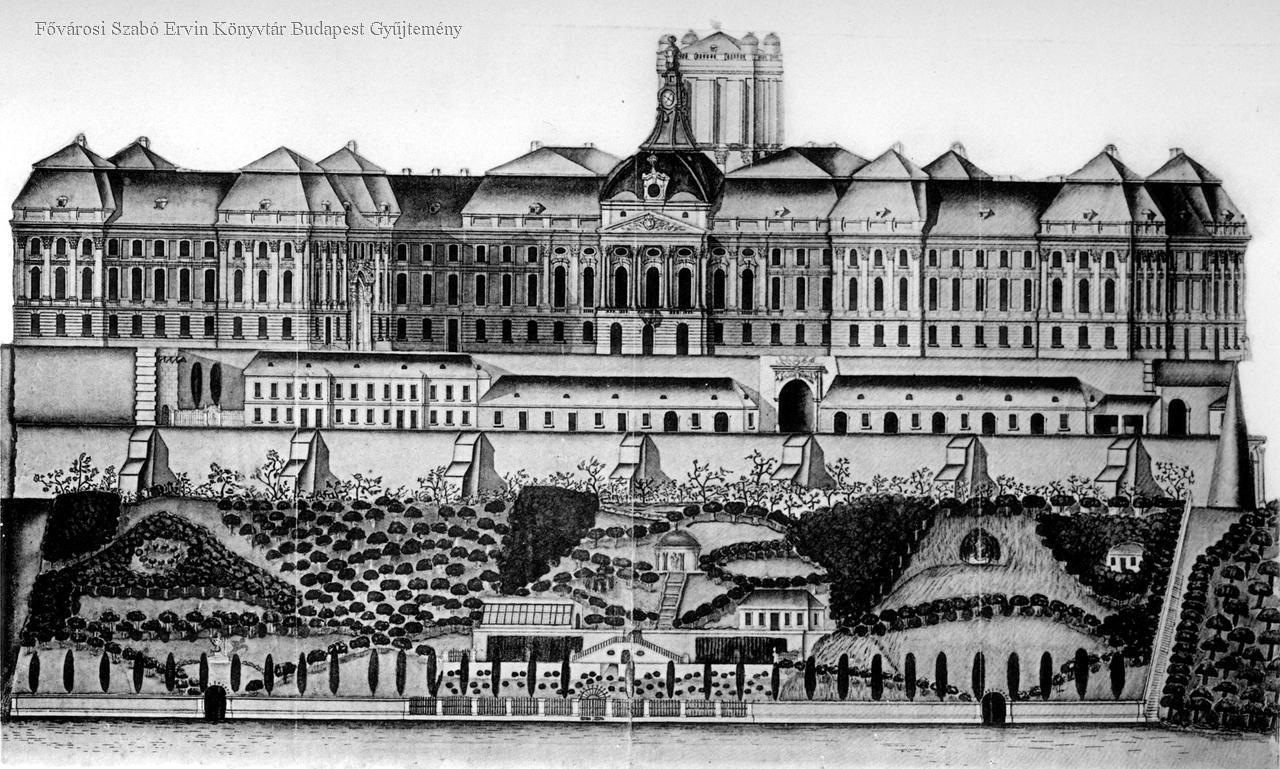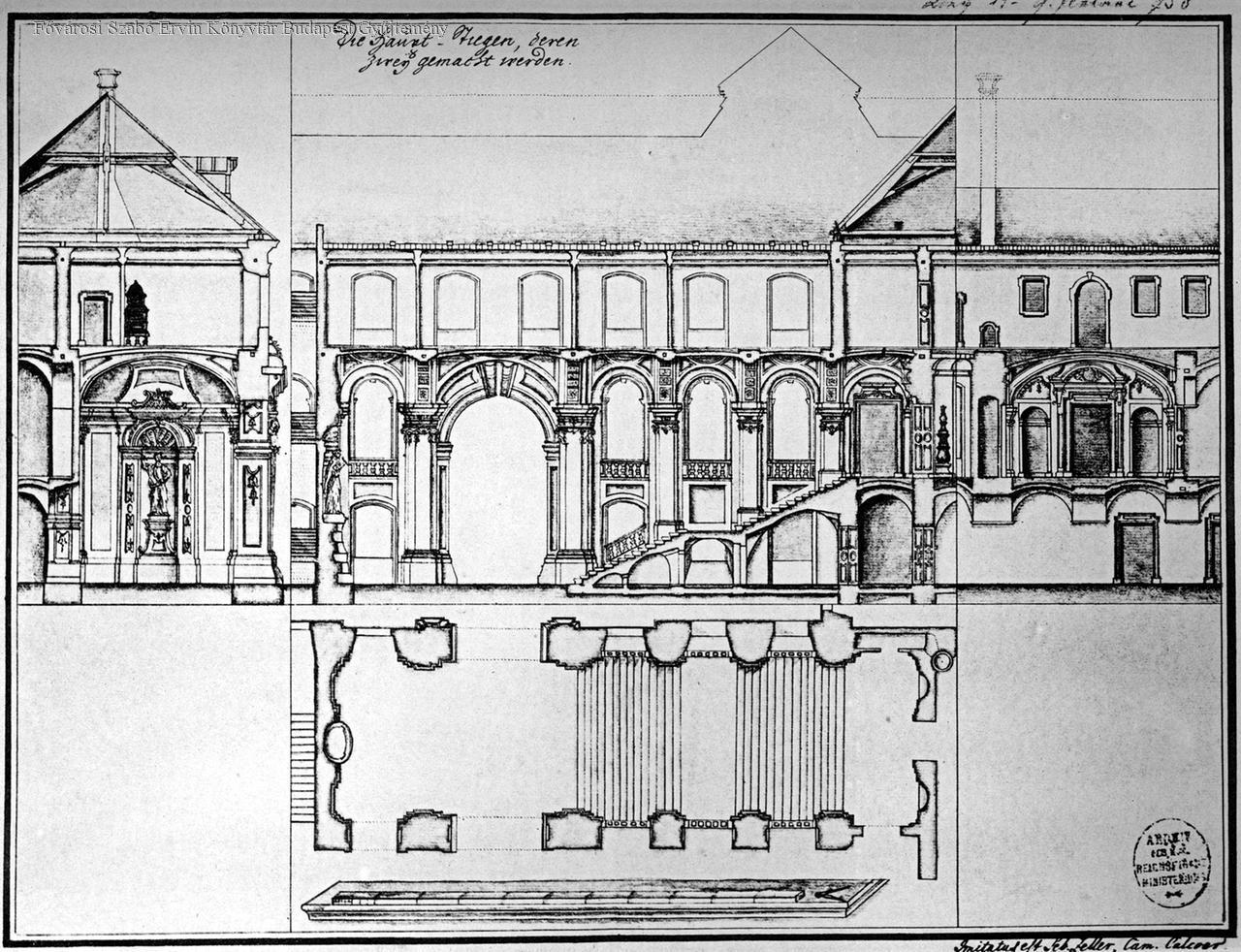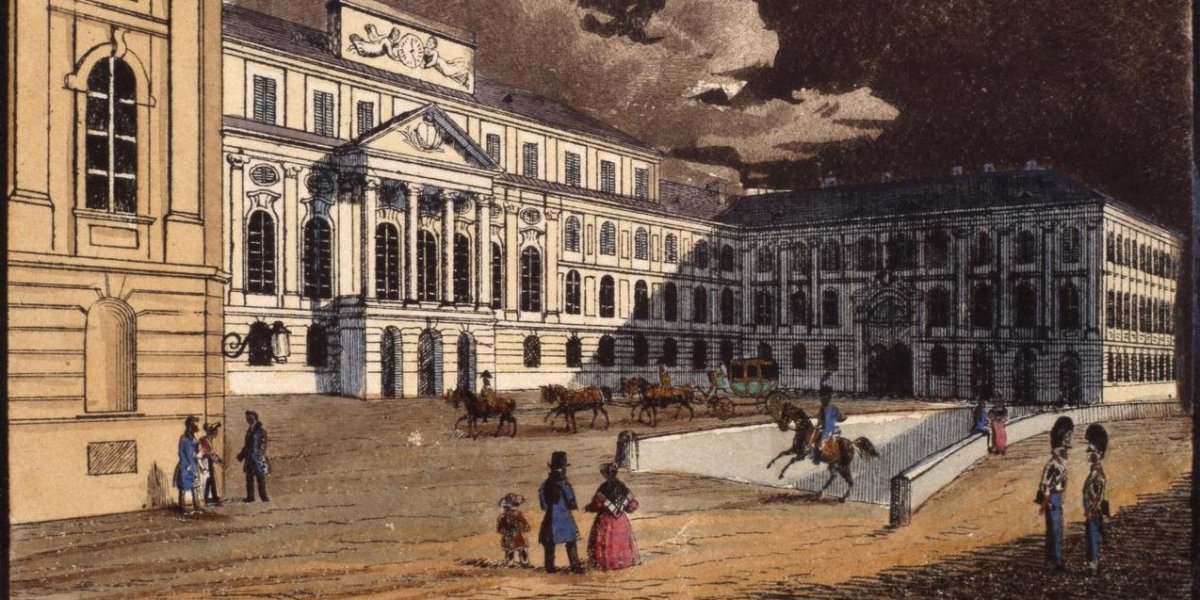The oldest, continuously operating university in Hungary is Eötvös Loránd University. The institution was founded in 1635 by Archbishop Péter Pázmány of Esztergom, and since the former capital, Buda, and Esztergom, the seat of the archdiocese, were both under Turkish rule, it was organized in Nagyszombat [Trnava]. (Apart from the ELTE, the Pázmány Péter Catholic University and the Semmelweis University are also legal successors of the University in Nagyszombat). The university was under ecclesiastical, Jesuit administration, and remained in Nagyszombat even after the expulsion of the Turks.
However, during her reign, Maria Theresa (1740–1780) embarked on comprehensive reforms, and higher education could not be left out. As time went on, the Queen became more and more involved in the regulation of education, wanting to modernize it. Higher education could not be left out of this either, the modernization of the curriculum and the reduction of its ecclesiastical character were constantly on the agenda, then in 1769 she took the institution practically under state control, which was supplemented with a medical faculty. The University of Nagyszombat was completed in this way, because in the contemporary conception a university had to have four faculties: humanities, theology, law and medicine. The Jesuit order was disbanded in Hungary in 1775, and the cost of running the university was borne by the state.

The building of the University of Nagyszomat on the drawing of Tivadar Dörre (source: A magyar nemzet története [History of the Hungarian Nation], Athenaeum, Budapest, 1898)
As early as 1774, a commission recommended that the university be moved to Pest. Then the plan was to move to Pest, to the Invalidusok Háza [House of the Disabled], the huge building in which the Budapest City Council now operates. However, the government was not unanimous as to whether the move was necessary at all. However, the queen liked the idea, but she recommended Buda instead of Pest. Although it was calculated that it could have operated cheaper in Nagyszombat, by then the decision in principle had already been made, the university had to be relocated.
The choice between Pest and Buda was significantly facilitated by the fact that the examination of the committee headed by Count Kristóf Niczky, who was kind of a secret insider adviser, the general director of the Győr and Pécs educational districts (later treasurer and judge royal), showed that the institution could operate in Buda cheaper, and the city of Buda gave many more offers. On the one hand, it was willing to contribute to the operation with money, on the other hand, they offered to light the streets for greater public safety, open new roads to the Castle, and they would have given the city hospital in Széna Square, the predecessor of the no longer operating old St. John's Hospital, for medical training and practice.
Knowing this offer, the final proposal was made in 1776, and in March 1777 the decision was made to move the university to Buda. The decree was read out on 11 March 1777, to the University Council.

The Buda Palace in the 18th century (source: FSZEK Budapest Collection)
Maria Theresa gave the palace of Buda, which was built between 1749 and 1770, as the medieval royal palace was destroyed by then, to the university as an eternal foundation, with the proviso that it reserves no right to herself or her descendants. The Queen also bore the cost of the move.
The university finished the school year in Nagyszombat, the move started in August, which was no small task, as all the equipment had to be transported from Nagyszombat to Buda by cart or boat; it is no coincidence that this was entrusted to the Queen's favourite technical genius, Farkas Kempelen.
The move was carried out quickly, and teaching began in Buda on 3 November 1777. Of course, it was not a huge university with thousands of students and faculty, the institution had 4 faculty directors, 32 full-time teachers, and 423 students. The complete move was finished in 1780, and its official inauguration took place on 25 June 1780, as part of a series of ceremonies commemorating the 40th anniversary of the coronation of Maria Theresa.
The move cost more than 150,000 forints. However, not all institutions were housed in the palace, which already had more than 200 rooms, the Faculty of Law and the Humanities, the upper secondary school, the coin collection, the library and the Geographical and Mechanical Museum were placed there. The throne room was converted into a university hall, while an astronomical observatory was built in the dome of the royal palace under the leadership of Miksa Hell.

The main staircase of the palace. Although intended to be a royal residence, students used the stairs for a few years (source: FSZEK Budapest Collection)
A new building was erected for the medical faculty in the area of today's Oroszlános udvar [Lions' Court], and the faculty of theology was housed in the former Jesuit convent (now the Hilton Hotel is located here).
What did the university mean to Buda? The city then began to strengthen, with a population of 22,000 in 1777. It is true that Buda was almost entirely a German-speaking city, barely 4.5% of its inhabitants were native Hungarian speakers, but in any case this city was the center of the country, and the fact that the university moved to Buda strengthened its character as a cultural centre, as it could not function as a royal seat, being that the court was still in Vienna.
The university had a stimulating effect on the cultural life of both Buda and Pest, this was not changed by the fact that Joseph II moved the university to Pest in 1784 because he wanted to establish government institutions in the Castle.
Cover photo: The engraving of the Royal Palace of Buda by Carl Vasquez in 1838 (source: FSZEK Budapest Collection)




































Hozzászólások
Log in or register to comment!
Login Registration